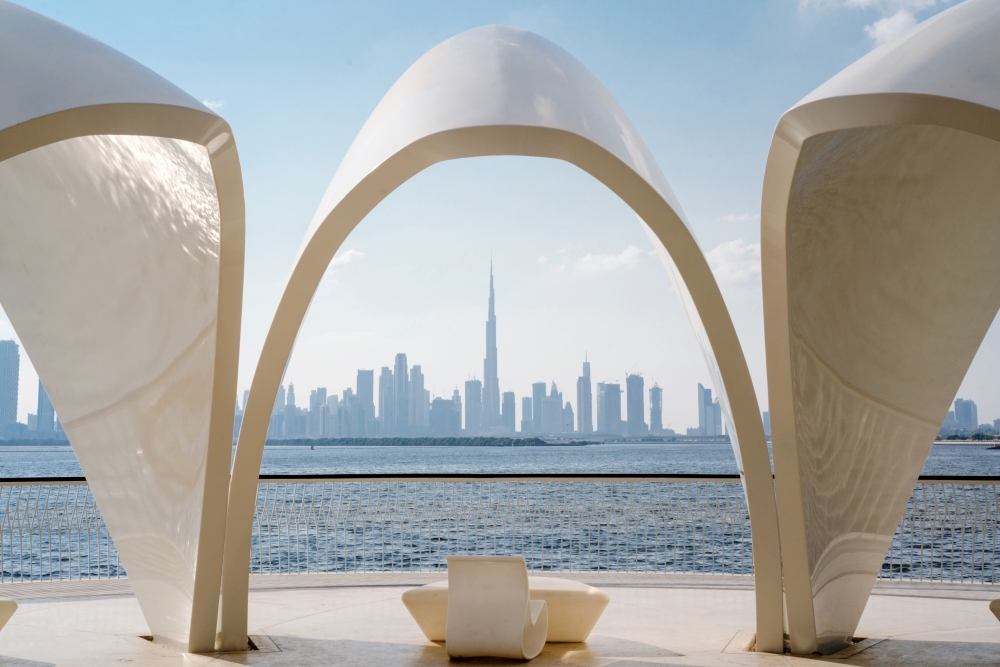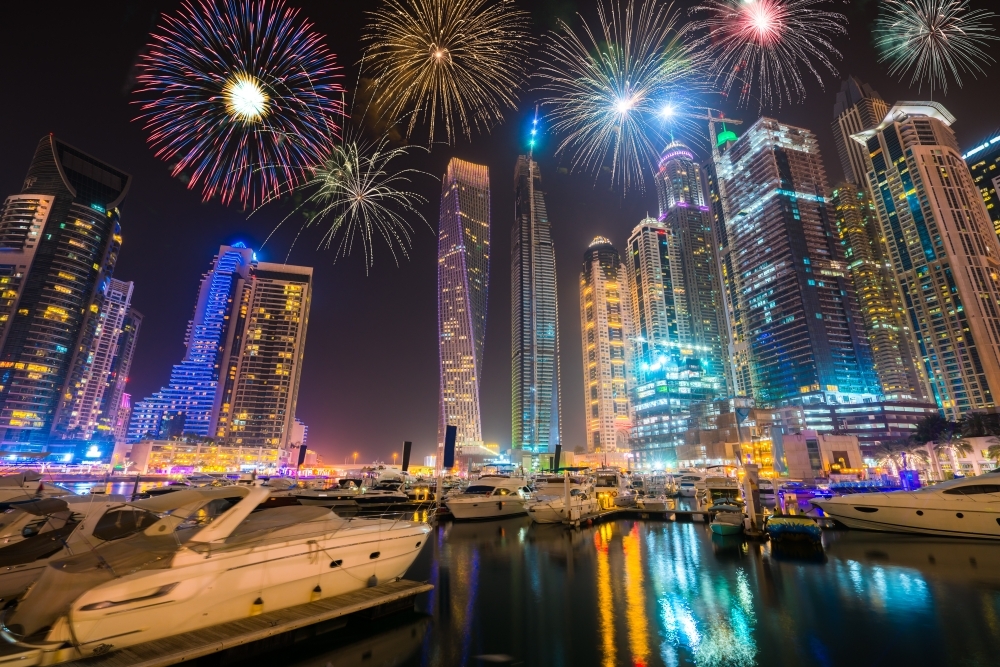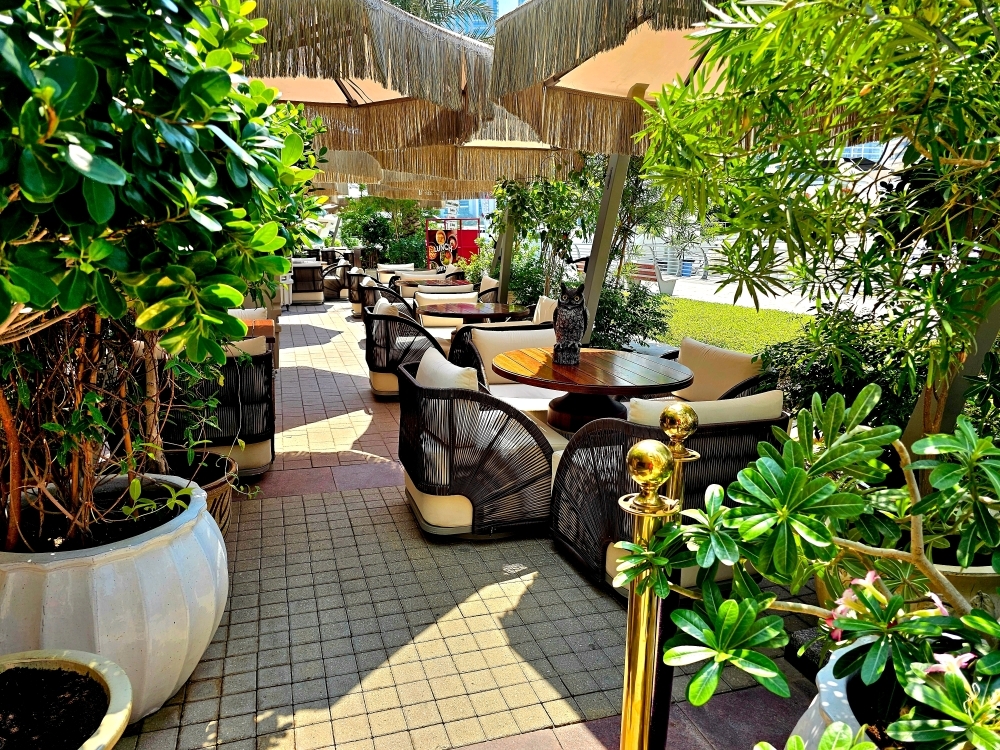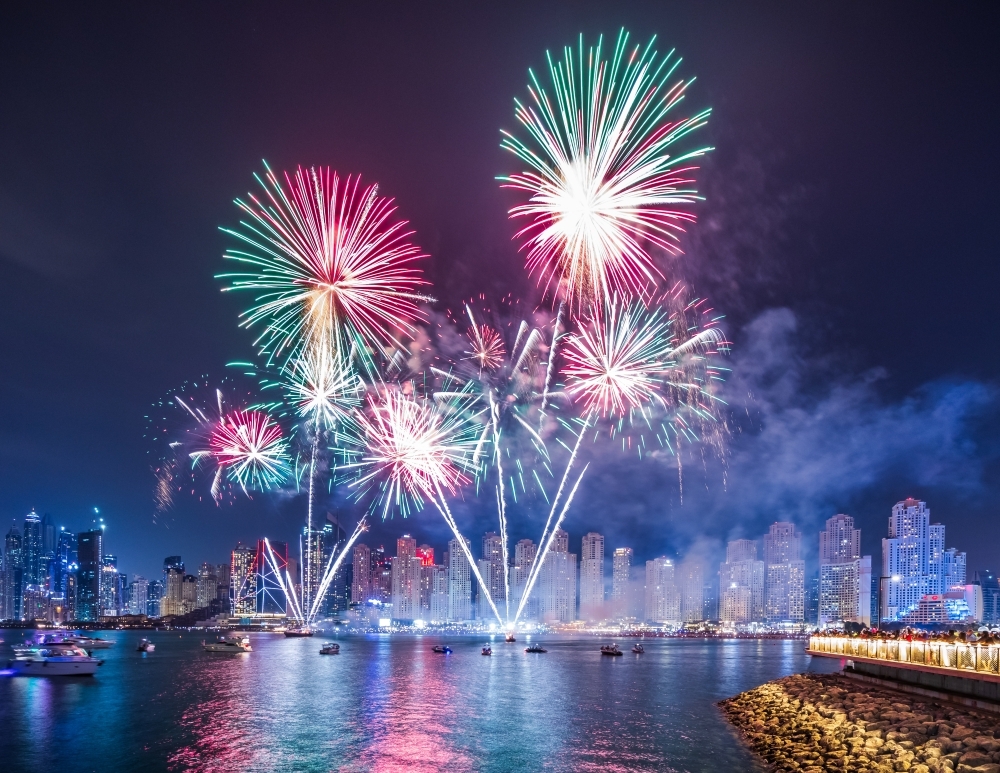The World’s Most Expensive Buildings
The great American architect Frank Lloyd Wright once said: "The mother art is architecture... without an architecture of our own, we have no soul of our own civilization". The soul of a civilisation, then, reveals itself first in its buildings. Today, architecture is both a function and a symbol: a union of the best minds in design, engineering, and increasingly – big finance. From sacred megastructures in Saudi Arabia to corporate flagships in Hong Kong, here are six of the most expensive buildings ever constructed, each one a landmark in its own right.

1. Masjid al-Haram, Mecca – $120 billion
No building in history has absorbed more into its foundations – spiritually, physically, or financially – than the Great Mosque of Mecca in Saudi Arabia. One of the holiest sites in Islam, its origins trace back to the 7th century, when Caliph Omar first built a simple stone enclosure around the Ka’aba. Since then, the mosque has grown layer by layer, from the stunning Ottoman arcades of the 16th century to the vast, multi-level prayer halls we see today.
The latest chapter in its transformation began in 2008 with the ‘Third Saudi Expansion’ – an ambitious mega-project that has already cost tens of billions. The phase has added 300,000 square metres of prayer space, new minarets, high-tech air-conditioning systems, underground pedestrian tunnels, and a complex of hotels and infrastructure to support the growing number of pilgrims (up to 4 million Hajj worshippers every year).
Total expenditures are projected to reach $120 billion by 2030, making it the most expensive building in the world by a wide margin.
2. Abraj Al Bait (The Clock Towers) – $15 billion
Just across from the Grand Mosque in Mecca rises another of the world’s most expensive buildings – the Abraj Al Bait Clock Tower. Commissioned by the Saudi government, this dazzling complex consists of seven ornate towers, including the 601-metre Makkah Royal Clock Tower. Clad in 24-carat gold leaf, it’s the tallest clock tower in the world and is six times taller than London’s Big Ben.
Where the Masjid al-Haram is a sanctuary of faith, Abraj Al Bait is a fortress of functionality, reflecting a more modern and international Saudi Arabia. Inside, it contains a five-star hotel, residential apartments, a high-end shopping mall, and a number of helipads. The top four floors are home to the Clock Tower Museum, which showcases insightful exhibitions on Islamic history, alongside advanced astronomical instruments.
The project cost approximately $15 billion and is built on the site of the former Ottoman Ajyad Fortress.
3. Marina Bay Sands – $6.8 billion
Marina Bay Sands is the postcard picture of new Singapore, and it came at no small cost to build. Completed in 2010, this futuristic, three-tower resort was designed by architect Moshe Safdie to resemble a deck of cards – a fitting symbol for a development with one of the world’s largest casinos. It’s crowned by a cantilevered platform that stretches across all three towers, resembling a yacht hull.
At the top of Marina Bay Sands is the 340-metre SkyPark – a sprawling entertainment complex with a panoramic observation deck, landscaped gardens, signature restaurants, and the world’s largest rooftop infinity pool.
A city unto itself, the resort includes over 1,800 hotel rooms, a 120,000-square-metre convention centre, a luxury shopping mall with its own indoor canal, two theatres, an ArtScience museum, and the world’s first floating Apple store. It also houses the Louis Vuitton Island Maison – a brand first – and a casino floor with 500 game tables.
Marina Bay Sands cost an estimated $6.8 billion to complete, and an $8 billion expansion project is already underway. Known as IR2, the development will add a 55-storey hotel tower and a 15,000-seat arena, with completion expected by 2031.
4. International Finance Centre, Hong Kong – $6.4 billion
Anchoring the skyline of Central Hong Kong, the International Finance Centre is one of the most expensive commercial developments in the world. Completed between 1998 and 2003, the complex includes two office towers, a high-end mall, and the Four Seasons Hotel. The tallest of the towers, 2IFC, rises 420 metres over Victoria Harbour and is Hong Kong’s second-tallest building.
The IFC was conceived in the years following the 1997 handover – a time when Hong Kong was reasserting its role as a financial powerhouse. Major international banks and investment firms occupy its upper floors, while luxury retail and waterfront dining connect the building directly to the city. Its sleek, contemporary silhouette has become something of a cultural fixture in recent years, appearing in films like Lara Croft: Tomb Raider and The Dark Knight.
5. SoFi Stadium – $5.5 billion
SoFi Stadium in Inglewood, California, is the most expensive sports venue ever built – a masterstroke of West Coast ambition. Opened in 2020, this 70,000-seat arena was designed by HKS Architects and serves as the home ground for both the Los Angeles Rams and the Chargers. Its most distinctive feature is the swooping, semi-translucent canopy roof made from ETFE – a lightweight material that covers the stadium, a performance venue, and the surrounding public spaces.
Suspended beneath the canopy is a 360-degree, double-sided video board (the largest of its kind), offering unobstructed views from every seat. The stadium sits on the site of the former Hollywood Park racetrack, and it cost a staggering $5.5 billion to build. SoFi has already hosted the Super Bowl and is set to stage the opening and closing ceremonies of the 2028 Olympic Games.
6. Apple Park – $5 billion
When the iPhone first launched in 2007, it stood out for one thing: the radical simplicity of its design. Apple Park in Cupertino, California, is no different. Completed in 2017 at a reported cost of $5 billion, the 175-acre site was designed by Foster + Partners in close collaboration with Steve Jobs, who envisioned it as a “home for innovation”.
At its heart is the 2.8 million-square-foot ‘spaceship’ – a circular, glass building with a carbon fibre roof. Also known as Apple Campus 2, the site is home to Apple offices, research labs, wellness centres, cafés, and an underground auditorium known as the Steve Jobs Theatre.
$160 million of the price tag was spent on the land itself. More than 9,000 drought-tolerant trees surround the campus, along with walking trails and fruit orchards that honour the agricultural heritage of Cupertino. The building is almost entirely powered by renewable energy, including a 17-megawatt rooftop solar installation, and was designed to operate without mechanical heating or cooling for much of the year.
It’s a headquarters that embodies the Da Vinci maxim Steve Jobs often quoted – that simplicity is the ultimate sophistication.



